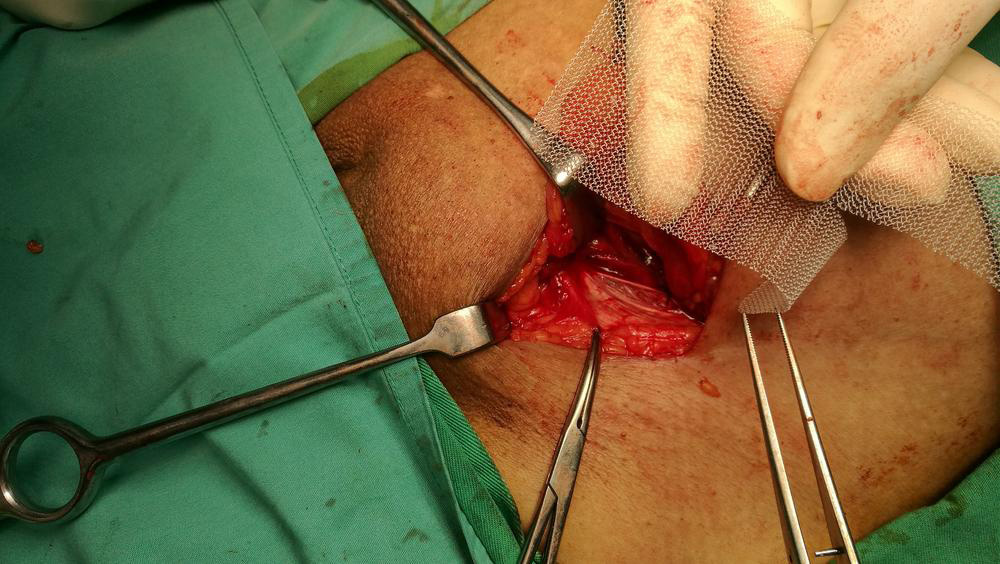Umbilical and femoral hernia and their symptoms
Umbilical hernia
When the intestine or fat pushes against a spot in the baby’s stomach muscles, which is comparatively weaker than the surrounding muscles, then a bulge is created near the region of the belly button. From outside, it seems that the belly button of the child has swollen. In many such cases, children suffer from umbilical hernia since birth.

A few of the symptoms hernia of this kind display include the following:
- It is noticed only after the stump of the umbilical cord falls off. This happens after a few weeks of birth.
- Near the belly button of your child, you will notice a small swelling or bulge. The bulge is the primary symptom of an umbilical hernia in children. Sometimes when the child is taken to a doctor, the doctor may be able to push the swelling back in.
- The symptoms are not visible when the child is relaxing. It is seen when the child is in an upright posture or coughs, sneezes, or strains. The swelling can also be seen when the child is crying or having bowel movements.
- With an umbilical hernia, the child will experience pain in the abdominal region. However, instances of pain are uncommon.
- The child may vomit occasionally.
- The bulge or swelling in the belly-button may be discolored or may be tender.
Femoral hernia
In typical cases, the body muscles are enough to keep all the intestines in place. But when someone has overstrained, a portion of the tissues may press against a weakened portion of the skin and produce a bulge. When this bulge is created in the femoral canal, it is known as a femoral hernia. It occurs near the thigh or groin. It is also known as femorocele.
In some cases, the patients fail to realize that they are suffering from a femoral hernia. When a hernia is small or of moderate size, then no obvious symptoms are seen. It is the large hernias that cause discomfort or pain. The bulge mostly becomes worse when the person stands up. A lifting of heavy objects also worsens a hernia. If a serious hernia is obstructing your intestines, only then you can see the symptoms. Obesity or childbirth can lead to the development of femoral hernias.
The most common symptoms of femoral hernia include the following:
- When the bulged-out skin gets cut off from the surrounding area, the hernia is called strangulation hernia. This kind of a hernia is usually life-threatening as this can stop your bowel movements. This leads to chronic pain in the stomach.
- The groin starts paining suddenly.
- The patient experiences nausea and vomiting.
- Since femoral hernias are located near the hip bone, in most cases, they can lead to an unbearable hip pain.











